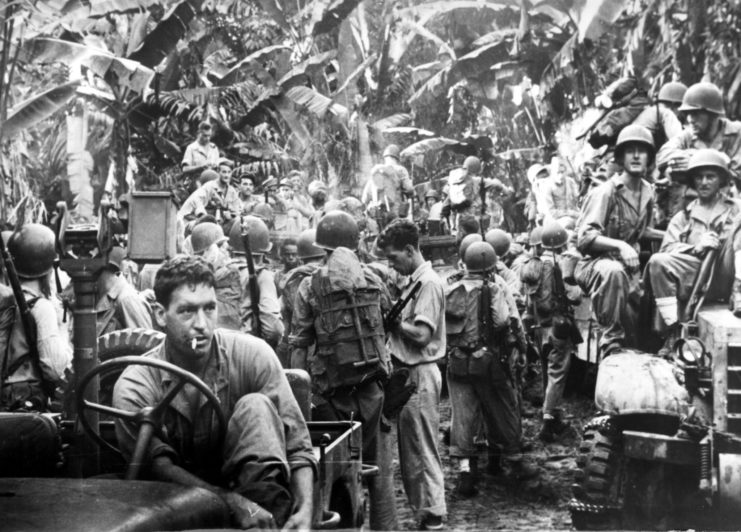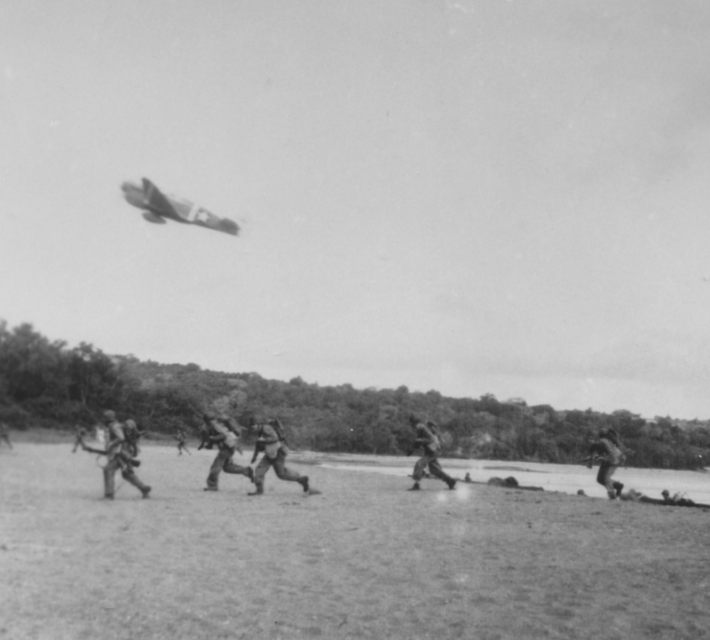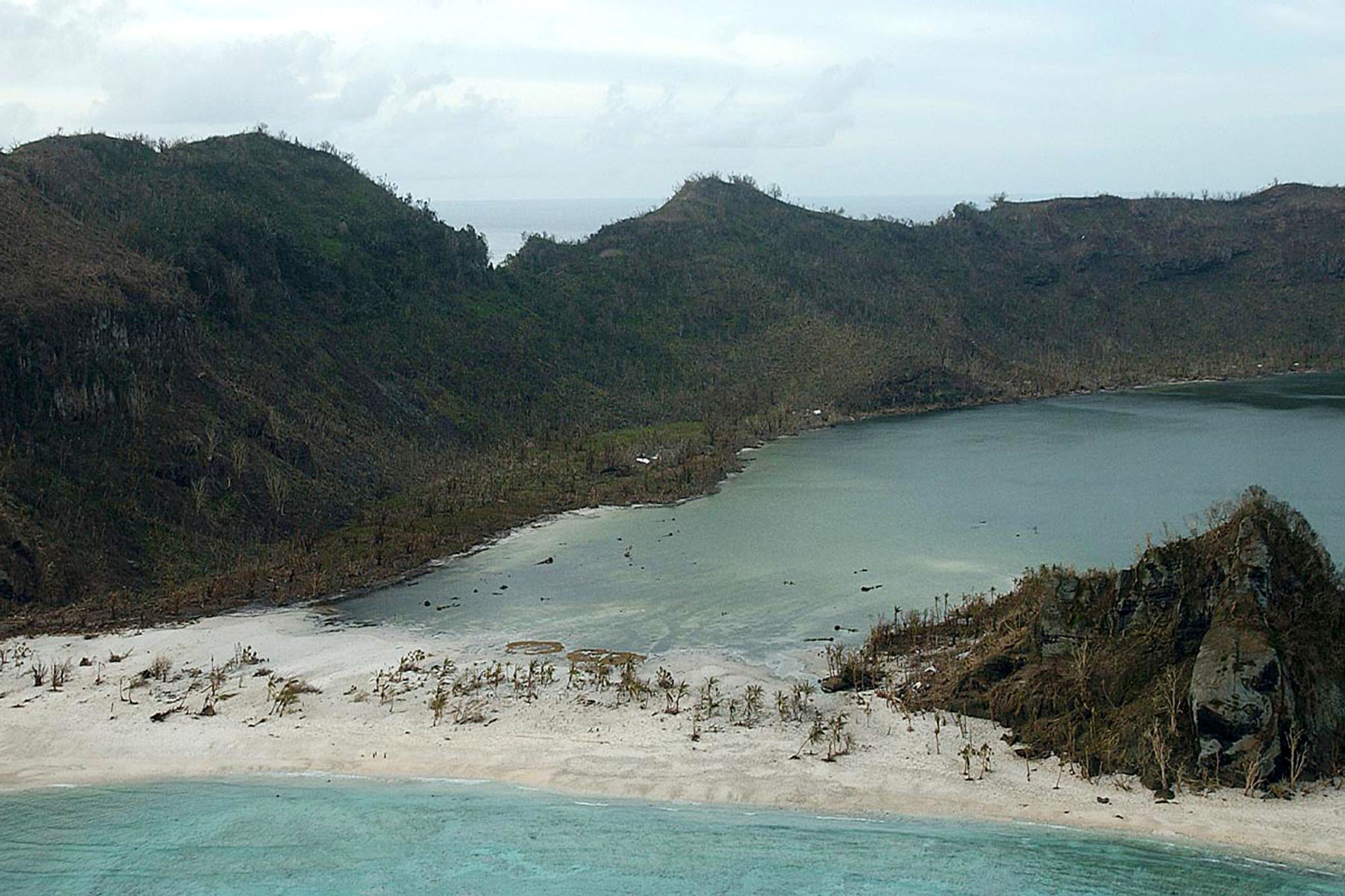One man has been killed and another three people injured on the Solomon Islands when a WWII bomb suddenly exploded. The bomb exploded in May during a fundraiser in the capital, Honiara. Locals running the event had lit a fire to cook food but were unaware of the bomb underneath, causing it to detonate, killing Raziv Hilly.
The Solomon Islands’ Explosive Ordnance Disposal (EOD) squad has cleared the area of remaining pieces of the bomb, which they identified as old U.S. ordnance.
“Police have responded to the incident and secured the scene after the blast,” Inspector Clifford Tunuki from the EOD said. He added, “EOD experts have identified the bomb, which is a U.S. 105mm high-explosive projectile that remained after World War II.”
Relatives of Hilly are devastated by the tragic accident. Hilly’s cousin Claude Posala said, “It was shocking and a sad way [for Raziv to die]. We just can’t accept it.”
Hilly’s death is the third in just nine months that has been caused by leftover WWII ordnance on the islands, after two Australian and British colleagues were killed in an explosion, also in the capital while finding and mapping WWII bombs.
Who is to blame?
The accident has made many ask who is to blame and who’s responsible for cleaning up unexploded ordnance.
This bomb, along with many others, was an American device, brought over during WWII while battling the Japanese. As these battles raged over hundreds of islands all over the Pacific, there are likely thousands of unexploded bombs left on them today.

Both sides brought huge amounts of ammunition, mines, grenades, and artillery shells, some of which were dropped and forgotten about, while others were fired but simply didn’t explode.
John Rodsted, a member of the SafeGrounds organization said, “The disposal of leftover munitions in the Pacific was very, very brief. Some of the stuff was tossed in the ocean.”
“The troops were in a hurry to get home, which they did do. And they left the local people with a dangerous legacy permanently,” he continued.
For this reason, many believe the U.S. and Japan should put more resources into helping these areas remove the potentially lethal explosives. Dr. Posala said he believes the U.S. have a “moral obligation” to help. He adds, “The Solomon Islands’ government won’t be able to clean it up. We don’t have the capacity.
“Who knows how many other bombs are lying around just 30cm below the surface?”
However, Tarcisius Kabutaulaka, a political scientist, is not surprised by the incident. “Around Honiara, and in fact in many other parts of Solomon Islands, you have a lot of unexploded ordnances that are laying around,” he said. “The problem is that there’s a lot of it, and it’s dispersed all over the country.”
Looking to the future
There are efforts in progress by the U.S., Norway, New Zealand, and Australia to remove the unexploded ordnance from the many affected islands, but there are fears this still is not enough to tackle such a huge task.

“It will take a lot of work and a lot of resources to be able to clear all these things,” Kabutaulaka said.
“I hope that our U.S. friends will now see the need to act now, given the tragedies that we’ve had since last year.”
The U.S. ambassador to the islands shared that “The United States Government, through our Department of Defence, will continue to support efforts to remove unexploded ordnance from Solomon Islands.”
With the rapid pace of development seen all over the Pacific, many areas are built on that haven’t been cleared of ordnance. This problem will only increase in the future as islands become more developed.
More from us: 77 Years After Sinking, The Richard Montgomery Still A Cause For Concern
It is hoped by many that nations like the U.S. and Japan will “stick their hands in their pockets” to help make life safer for the people and ecosystem of the Pacific.
As Rodsted said: “To think that people live with this 76 years after the war ended is outrageous.”
